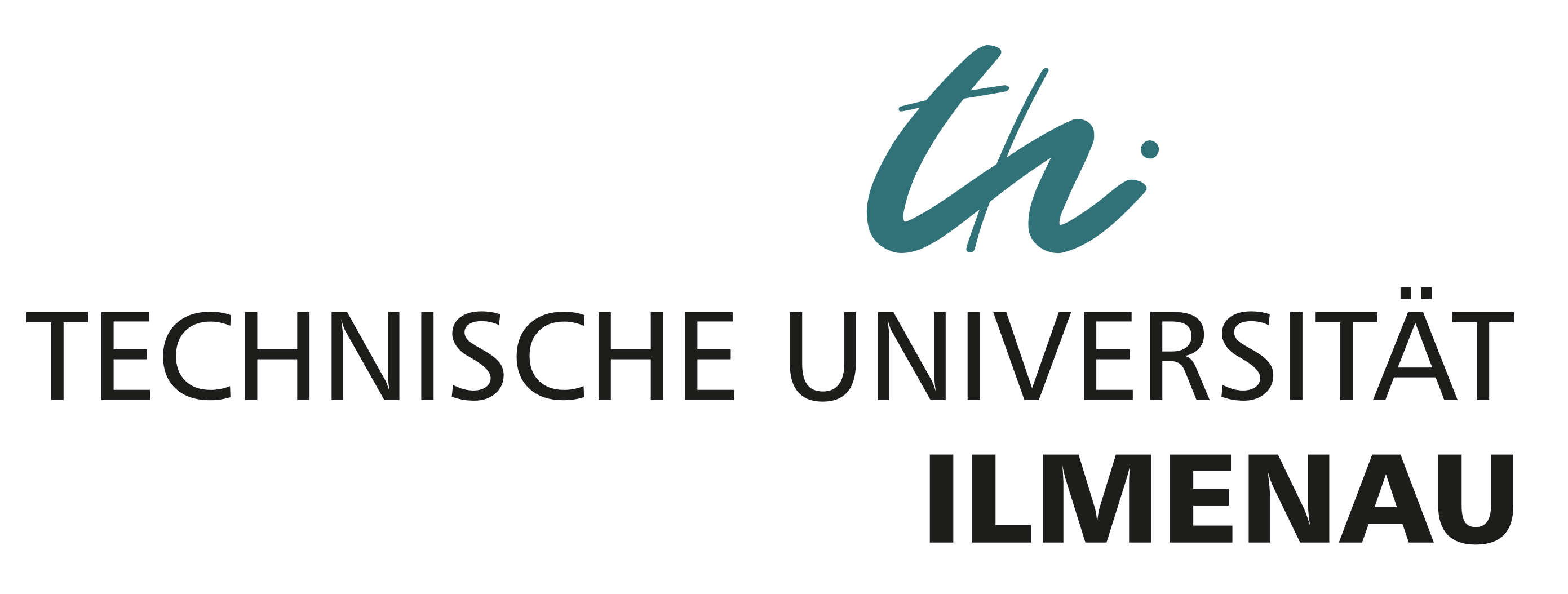Actively Deformable Cannulas for Stereotactic NeurosurgeryAktiv krümmbare Kanülen für die stereotaktische Neurochirurgie |
 |
 |
 |
 |
| Modeling and Simulation | Mechatronics | Clinic of Neurosurgery |
| Optimization-based Control |
| Duration: | July 2021 - June 2023 |
| Support: | Deutsche Forschungsgemeinschaft (GEPRIS: Project 461953135) |
| Description: |
Today, stereotactic procedures such as biopsies of deep-seated pathologies and deep brain stimulation are performed with surgical instruments that were designed for a straight approach from the entry point on the skull to the deep-seated target point.
In this interdisciplinary project - jointly proposed by physicians, engineers, and mathematicians - the feasibility of actively deformable cannulas for stereotactic neurosurgery is assessed.
The technique will offer a multitude of alternative routes and planning possibilities to reach a target with considerably reduced risk by avoiding eloquent structures, i.e. fiber bundles of the pyramidal tract and blood vessels. A basic question from the medical perspective is, whether the application of curved trajectories for targeting intracranial pathologies is basically possible and if so, which properties the trajectories should have. An important aspect of using actively deformable cannulas for curved trajectories is the impact on surrounding brain tissue. Hence, traumatic effects due to lateral movements of cannulas have to be analyzed and emerging advantages and risks of such a procedure need to be explored. Based on planning tools, on skull and cadaver models, and based on animal experiments, the goal is to find out, if a surgical approach via curved trajectories is attainable in principle. Nested straight and pre-curved tubes made of shape memory alloy are promising candidates for the development of actively deformable cannulas. The tubes can be displaced and rotated relatively to each other. During extension and retraction of the cannulas along planned paths, lateral movements must be avoided in order to prevent squeezing or cutting of brain tissue. To this end, novel sophisticated cannula models for proper representation of phenomena such as path hysteresis are indispensable for trajectory planning and cannula actuation. Since precise positioning and path following is of utmost importance, a cannula test bench is to be realized in order to explore cannula behavior and application of cannulas together with the novel trajectory planning approach. The combination of a large number of cannula design parameters, the complicated mechanical behavior of the cannula and the multitude of possible trajectories necessitates innovative concepts for trajectory planning. The surgical planning process is formulated as a mathematical optimization problem, in which rather demanding requirements with respect to target precision and robustness - encoded in the sensitivity information of the computed solution trajectory - is simultaneously optimized. Based on the resulting optimal solutions, the medical planning of the surgery can be done. |